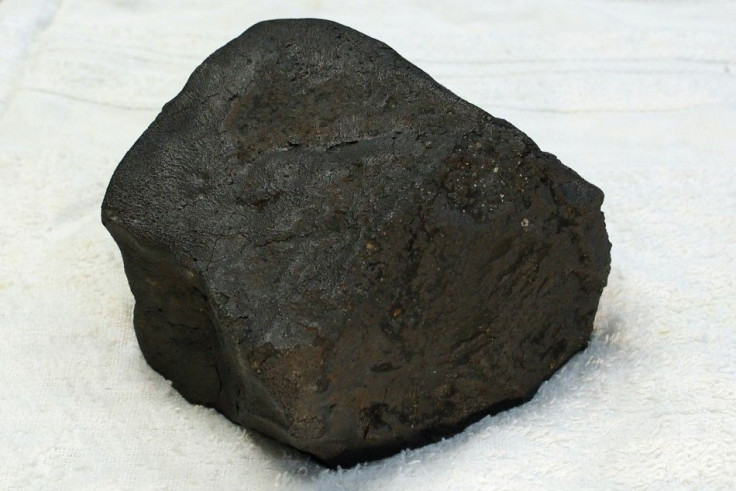Gold is Heavenly! Meteorite Shower Brought It to Earth

Gold is indeed heavenly! The precious metal that we see on the Earth came from the skies, claimed the geologists from the University of Bristol.
According to the researchers, at the time of Earth's formation, lighter materials floated onto our planet's surface while the heavier ones like iron sank into its the interior to form its core. A few metals like gold, platinum, tungsten, which have an affinity to bond with iron, also migrated with it to the core of the Earth during that time. This movement of precious metals into the core left the upper layer of the Earth barren.
The Earth would have always remained gold-barren had it not been for a bombardment of stony meteorites, called chondrites, which occurred some four billion years ago, said scientists.
The meteor shower slammed the Earth, bringing with it 200 billion tons of meteorite material, including all the precious metals we mine today, and replenishing Earth's reserves that were assumed to have been depleted, revealed the scientists.
Our work shows that most of the precious metals on which our economies and many key industrial processes are based have been added to our planet by lucky coincidence when the Earth was hit by about 20 billion tons of asteroidal material, said Dr Matthias Willbold, a geochemist at the University of Bristol, who led the research.
How the Research Took Place
All researches related to Earth's movement proved that gold moved further toward the core of the planet. Therefore, the abundance of the metal on the surface of the planet had confused the researchers for many years.
The heavy meteor firestorm, however, explained the existence of these metals some 650 million years after the planet's formation.
To know more about the real source of Earth's gold and to prove the terminal bombardment theory right, Willbold and colleagues studied ancient rocks from Greenland.
Their examination found that rocks present in the 3.8-billion-year-old Isua greenstone belt were created during the time of Earth's formation and, when compared to the modern rocks of Hawaii, Iceland and the Canary Islands, the ancient rocks contained a higher ratio of tungsten isotope 182W. The ratio of tungsten-182 to tungsten-184 is 13 parts-per-million lower in modern rocks, the research team discovered.
The difference between the isotopes suggested that many of the tungsten and precious metals available in modern rocks came from meteor strikes, concluded the scientists.
The details of the research are available in the Sept.8 edition of the Nature.
© Copyright IBTimes 2024. All rights reserved.





















